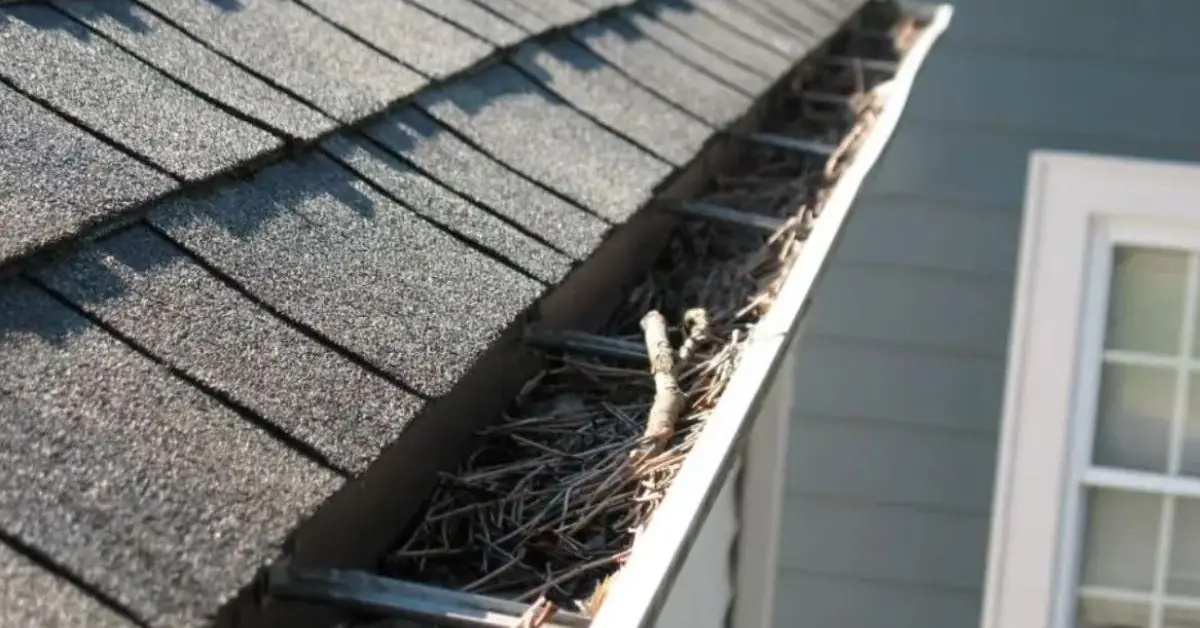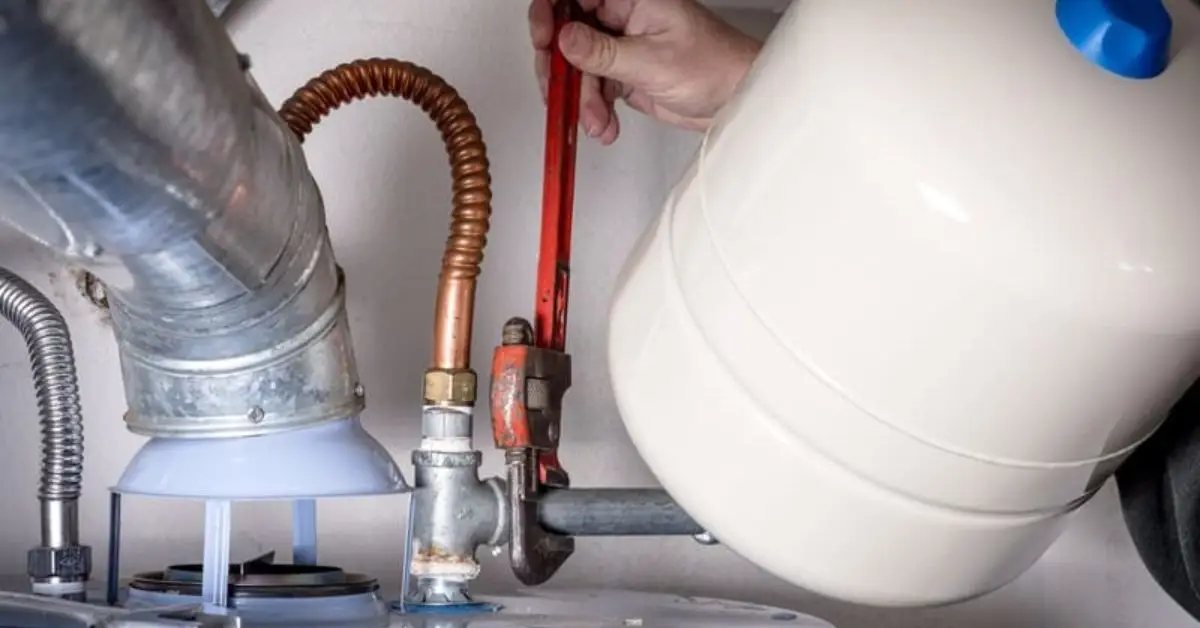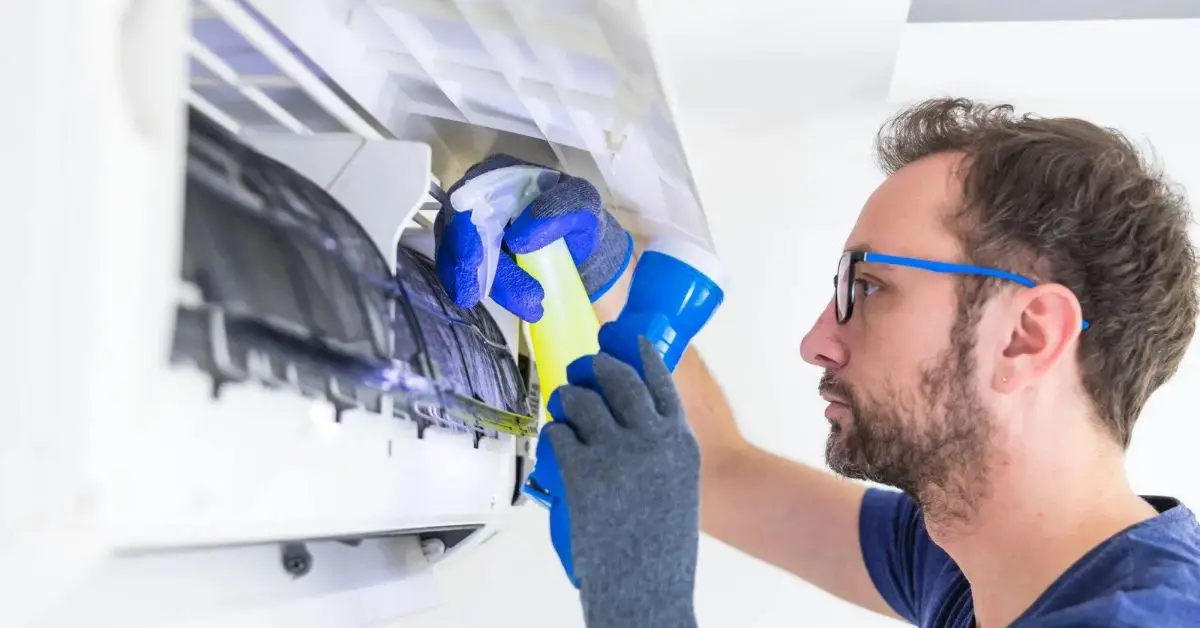Stop Doing These 17 Things — They’re Slowly Destroying Your House
I get it. You’ve got a lot going on, and keeping up with home maintenance probably isn’t your favorite weekend plan. But here’s the thing — most people don’t wreck their homes with one big mistake. They do it slowly, over time, by ignoring small stuff that doesn’t seem like a big deal.
I’ve seen it happen more times than I can count — a tiny roof leak turns into $10,000 in repairs, or a clogged dryer vent that nearly catches fire. And the worst part? Almost all of it could’ve been avoided with just a bit of awareness.
So in this article, I’m walking you through 17 home maintenance mistakes that might be quietly damaging your house right now. No guilt trips — just honest, real-life things I wish someone had told me earlier. If you own a house (especially an older one), this list might just save you thousands.
Let’s start with the easiest ones — the kind you can fix this weekend.
1. You’re Forgetting to Change Your HVAC Filter
Don’t worry — I used to forget this too. But when your HVAC filter gets clogged, your whole system has to work harder just to push air through. That means higher energy bills, poor air quality, and eventually, a fried motor.
Think about it: would you drive your car for a year without changing the oil? That’s what skipping the filter does to your HVAC system.
Quick fix: Buy a few filters in bulk, write the install date on each, and set a reminder on your phone. Want to stay ahead of other small cleaning habits that make a big difference? Check out these 7 things people with impossibly clean homes always do — and start applying them in your own space. If that sounds like too much, use a service like Second Nature to deliver filters to your door on schedule.
2. You Let Gutters Stay Clogged for Months
I used to think, “It’s just a little debris — no big deal.” Then my basement flooded. Turns out, when gutters back up, water has nowhere to go. It spills over the edge, pools around your foundation, and starts leaking into your home.

It’s one of the most common home maintenance mistakes, and most people don’t even realize it until something breaks. HomeAdvisor lists clogged gutters as a major cause of water damage and foundation problems.
You don’t need to be a pro to fix this — just grab a ladder and gloves twice a year (spring + fall). If you’re not comfortable climbing, hire someone. It’s way cheaper than paying for mold remediation or structural repairs.
Bonus tip: If you live near trees, consider installing gutter guards — they won’t eliminate cleaning, but they’ll save you a ton of hassle.
3. You Keep Telling Yourself That Small Roof Leak Can Wait
I’ve made this mistake—and paid for it. A tiny stain on the ceiling doesn’t seem like much, right? But small roof leaks rarely stay small. Water gets in, travels along beams, soaks insulation, and by the time you see real damage, it’s already done.
I once waited too long to call someone about a small drip, and it ended up costing me over $7,000 in ceiling and drywall repairs. That’s the hard truth about roofs — they fail from the inside out.
According to HowStuffWorks, roof neglect is one of the most expensive oversights a homeowner can make. And yet, it’s one of the easiest things to prevent.
What I do now: Every couple of months — especially after big storms — I take a walk around the house. I check for missing shingles, warped flashing, and signs of moisture in the attic. It takes 10 minutes and has saved me thousands.
4. You’ve Never Cleaned Your Dryer Vent (And It’s a Fire Hazard)
This one scared me when I learned the stats. I always cleaned the lint trap — that little screen inside the dryer — but I didn’t know the real danger was in the vent duct that runs to the outside.
Over time, lint builds up in that duct. It blocks airflow and traps heat. And yes — it can start a fire. The U.S. Fire Administration reports thousands of dryer fires each year, most caused by failure to clean.
You’ll know you have a problem if your clothes take longer to dry, or your laundry room feels hotter than it should.
What I do now: I clean the lint trap after every load. And once a year, I pull the dryer out, disconnect the vent, and use a dryer vent brush kit (about $20 on Amazon). Or better yet — I call a pro if it’s been a while.
5. You Haven’t Flushed Your Water Heater… Ever
I’ll be honest: I didn’t even know this was a thing until mine started making weird knocking noises.
Most traditional tank water heaters collect sediment at the bottom over time — especially if you have hard water. That buildup makes your heater less efficient and eventually leads to corrosion.

According to BobVila.com, flushing your water heater once a year keeps it running efficiently and can add years to its life. It also helps your water heat faster and saves energy.
Now I flush mine every spring. Just turn off the unit, hook up a garden hose to the drain valve, and let it empty out. It’s easier than it sounds — and if you’re not sure how, there are plenty of YouTube walk-throughs or local pros who’ll do it for under $150.
6. You’re Overloading Power Strips Like They’re Invincible
I used to have one of those big, beefy surge protectors with everything plugged in—TV, game console, router, lamp, charger, coffee machine… you name it. I figured if it all fit, it was fine.
Turns out, that’s not how electricity works.
Overloading power strips or daisy-chaining them (plugging one strip into another) is a major fire risk. Even though it might not trip the breaker right away, all that stress builds up heat over time. And yes—this is a leading cause of electrical fires in U.S. homes.
The National Fire Protection Association (NFPA) warns that overused extension cords and power strips are involved in 3,300 home fires every year. That’s not a small number.
Here’s what I do now:
- Never plug heavy appliances (like space heaters or microwaves) into strips
- Replace surge protectors every few years
- Stick to one major device per outlet when possible
- If I need more power in a room? I call an electrician and get extra outlets installed
7. You Ignore That Hairline Crack in the Foundation
This one used to keep me up at night. I noticed a thin crack along the basement wall and told myself it was probably just “settling.” Months later, it started leaking during heavy rain. By then, the repair wasn’t cheap.
Here’s what I’ve learned: not every crack is serious — but ignoring them can be.
If a crack is wider than 1/8 inch, spreading, or letting in water, you need to act.
My new rule:
- Inspect foundation walls every few months
- Take photos so I can track changes over time
- Seal hairline cracks myself with concrete filler
- Call a pro if anything looks bigger than a credit card edge
Catching it early might mean a $100 fix instead of a $10,000 one.
8. You Never Test Your Sump Pump… Until It’s Too Late
If you have a basement, this one’s critical.
I had a neighbor whose pump failed during a spring storm — by morning, their entire basement was under water. Insurance didn’t cover it because they hadn’t maintained the unit.

Sump pumps protect your home from flooding by kicking on when groundwater gets too high. But here’s the thing: if it’s been sitting unused for months (or years), it might not work when you need it most.
What I do now:
- Test mine every spring by pouring a bucket of water into the pit
- Listen to make sure it turns on, pumps, and shuts off properly
- Replace the backup battery every 2–3 years
- Keep a backup pump (even a cheap portable one) just in case
9. You Don’t Know Where (or How) to Shut Off Your Main Water Valve
I learned this one the hard way. A pipe burst behind our dishwasher while we were out, and by the time we got home, the kitchen was flooded. If I had known where the main shutoff valve was, I could’ve stopped it within seconds.
The truth is, every homeowner should know exactly where their main water shutoff is — and how to use it. In an emergency, those 30 seconds matter.
What I do now:
- I located my main shutoff (usually near the water meter) and labeled it clearly
- I check it once a year to make sure it turns easily
- I’ve also shown my spouse and kids how to use it, just in case
Don’t wait for a leak to figure this out. It’s five minutes of your life that could save your entire flooring.
10. You Skip Annual HVAC Tune-Ups (and It Shows)
Your HVAC is like your car — ignore it too long, and it’ll leave you sweating on a 95°F day (or freezing in January). Most folks think, “It’s working fine,” and forget about it. But behind the scenes? Dust, wear, and poor airflow are stacking up.

Skipping tune-ups shortens your unit’s life, drives up energy costs, and can even mess with indoor air quality.
Do a professional inspection at least once a year (spring for AC, fall for furnace). You’ll catch issues early and avoid mid-season breakdowns.
Here’s what I do:
- Book an HVAC pro every spring to clean coils, check coolant, and test the system
- Ask for a written report (helps with home resale too)
- Replace filters myself every 1–3 months (we already talked about this in Section 1)
11. You Never Check the Attic (Out of Sight, Out of Mind)
Let’s be real — attics aren’t fun. They’re hot, dusty, full of spiders, and easy to ignore. But they’re also where some of your home’s biggest problems can start.
A few years ago, I found mold growing on the underside of the roof deck because of poor ventilation. And that wasn’t cheap to clean up.
Your attic can reveal everything from roof leaks to rodent infestations to insulation gaps. And if yours is packed to the rafters with stuff, these 7 genius ways to declutter your attic this summer will help you clear it out without losing your mind. The earlier you catch it, the cheaper it is to fix.
Here’s my attic checklist:
- Look for water stains or damp insulation (sign of a leak)
- Make sure vents are clear and airflow is working
- Check for droppings or chewed wires (rodents)
- Inspect insulation depth — more = lower energy bills
If you spot mold, call a pro. It spreads fast and can affect your air quality.
12. You Let Landscaping Mess With Your Foundation
This one sneaks up on people. Those big, bushy shrubs that looked so cute when you planted them? Ten years later, they’re cracking the walkway and dumping water against your foundation.
Roots can mess with drainage, push against walls, and even block your home’s vents.
What I do now:
- Keep trees and shrubs trimmed back at least 3 feet from the house
- Make sure soil slopes away from the foundation (6 inches over 10 feet is ideal)
- Use gravel or mulch, not heavy dirt, right next to the home
- Extend downspouts to push water away from the base
Small changes outside can make a huge difference inside.
13. You Let Water Pool Near the Foundation Every Time It Rains
I didn’t think much about puddles by the side of my house—until water started seeping into the basement.
When rainwater pools near your foundation, it doesn’t just go away. It slowly seeps down, putting pressure on the walls, weakening the concrete, and eventually finding its way inside. Over time, this can lead to mold, basement flooding, and foundation cracks.

Make sure your grading slopes away from the home and downspouts carry water at least 5 feet away.
What I do now:
- I added downspout extenders and splash blocks
- Fixed the grading with a few bags of soil and a rake
- I also check for low spots every spring and fill them before heavy rains hit
14. You Leave Outdoor Faucets Unprotected in Winter
This one’s a classic “out of sight, out of mind” mistake.
I left my hose connected one winter. The faucet froze, cracked behind the wall, and I didn’t know until it thawed — and flooded the basement.
In cold climates, frost-proof spigots aren’t always enough. Any trapped water can freeze and expand.
What I do now:
- Disconnect all hoses before first frost
- Shut off interior valve to outdoor lines
- Drain the line by opening the exterior faucet
- Add an insulated foam cover (they’re like $5 at any hardware store)
15. You Store Paint, Chemicals, or Batteries in the Wrong Spots
I used to toss half-used paint cans and old batteries into my garage cabinets, not thinking twice. But extreme temps—especially in garages and sheds—can ruin these materials, or worse, cause leaks and fumes.
Improper storage of household chemicals can lead to fire hazards or environmental contamination.
What I do now:
- Store paints and batteries in a dry, climate-controlled place
- Never keep propane, gas, or oil indoors
- Take old chemicals and paints to local hazardous waste collection sites
16. You Don’t Check Your Toilets for Silent Leaks
Here’s something wild: a silent toilet leak can waste over 200 gallons of water a day — and you wouldn’t even know until the bill comes in.
To test this, I add a few drops of food coloring to the tank. If the color seeps into the bowl without flushing? You’ve got a leak.
Most of the time, it’s a $5 flapper or a loose chain. Easy fix, but expensive if ignored. While you’re tackling small home fixes, it might also be time to simplify your space — these 7 unusual decluttering tips inspired by Reddit will completely change how you approach your home.
17. You Think “It’s Fine… I’ll Fix It Later”
We’ve all done it. That loose railing. That weird buzzing sound from an outlet. That flickering light. You see it, you shrug it off, and before you know it — it’s a disaster.
Small things don’t stay small forever in a house. And delays always cost more.
This section isn’t about guilt — it’s about awareness. Because the real difference between a home that lasts and one that falls apart? Maintenance, not luck.
So… What’s the One You’ve Been Ignoring?
If you’ve been nodding your head through this list, you’re not alone. Most of us learn homeownership lessons the hard way — with bills, repairs, and late-night “how did I miss this?” moments.
The good news? You don’t have to fix everything today. Start with one habit, one checkup, one small job.
So tell me — what’s one thing on this list you know you need to deal with?
Drop it in the comments. Let’s keep each other accountable.
Want more smart tips like this? Visit Build Like New for practical home advice that actually works — no fluff, just real fixes.
Disclaimer: This article is for informational purposes only and doesn’t replace professional advice. Always consult licensed experts for repairs, inspections, or safety concerns related to your home.


